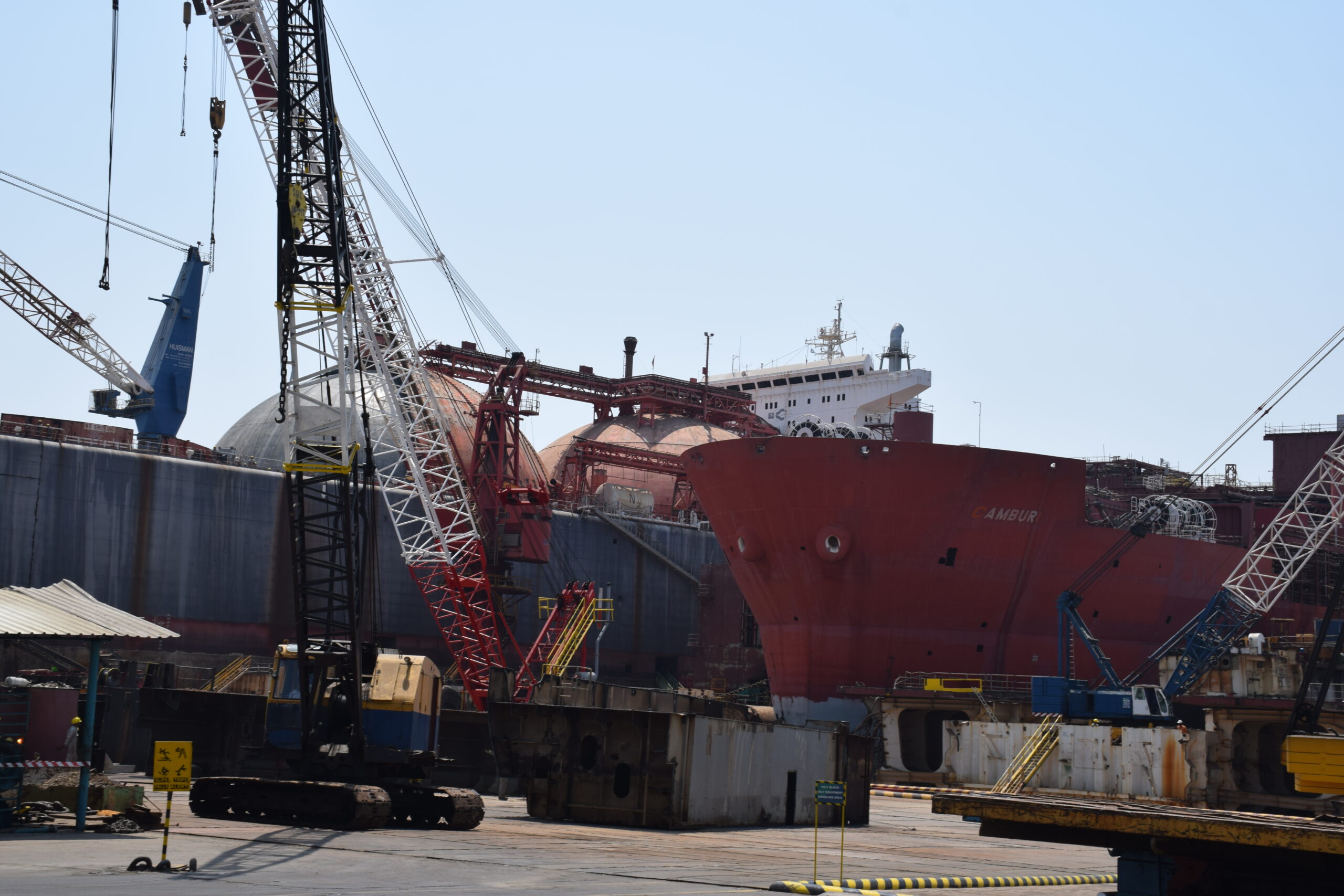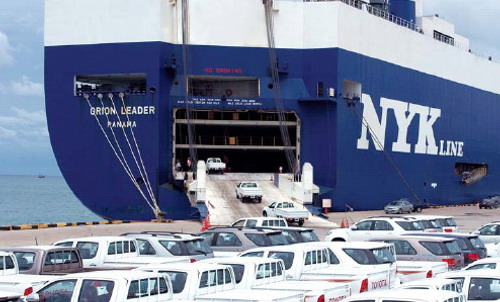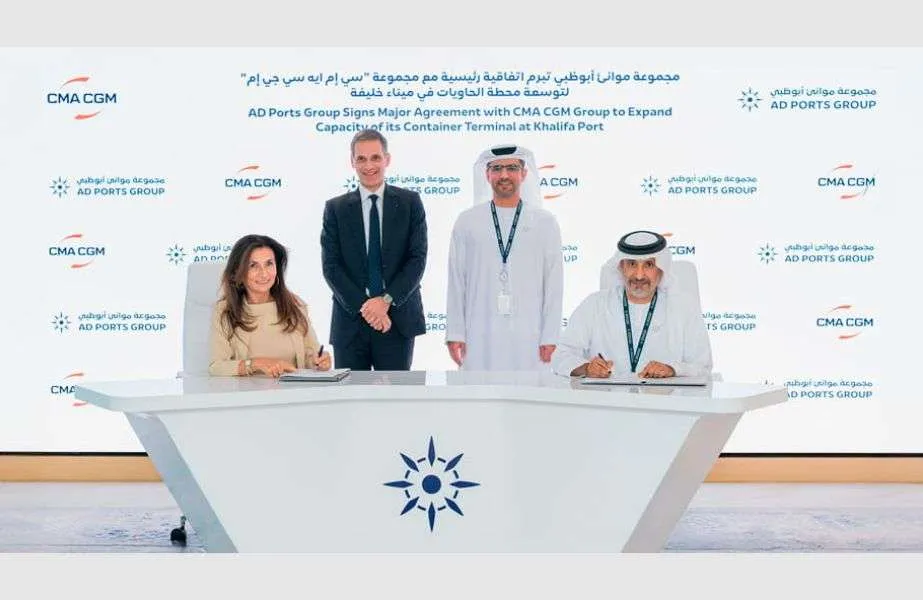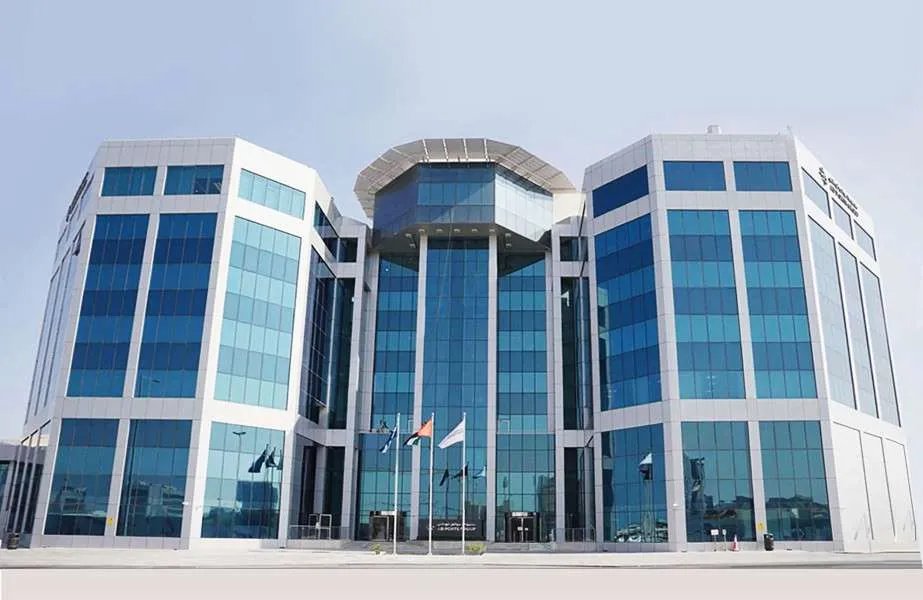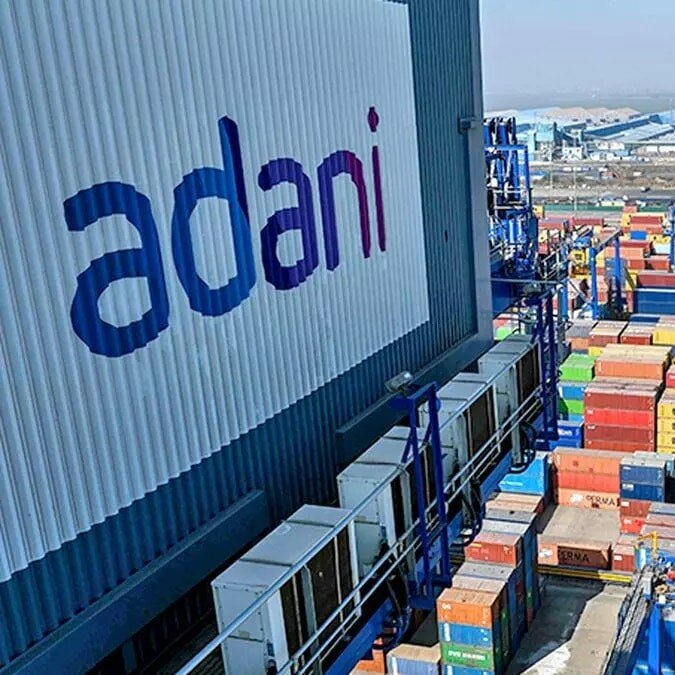Navigating the Red Sea Crisis: Insights from A.P. Moller-Maersk
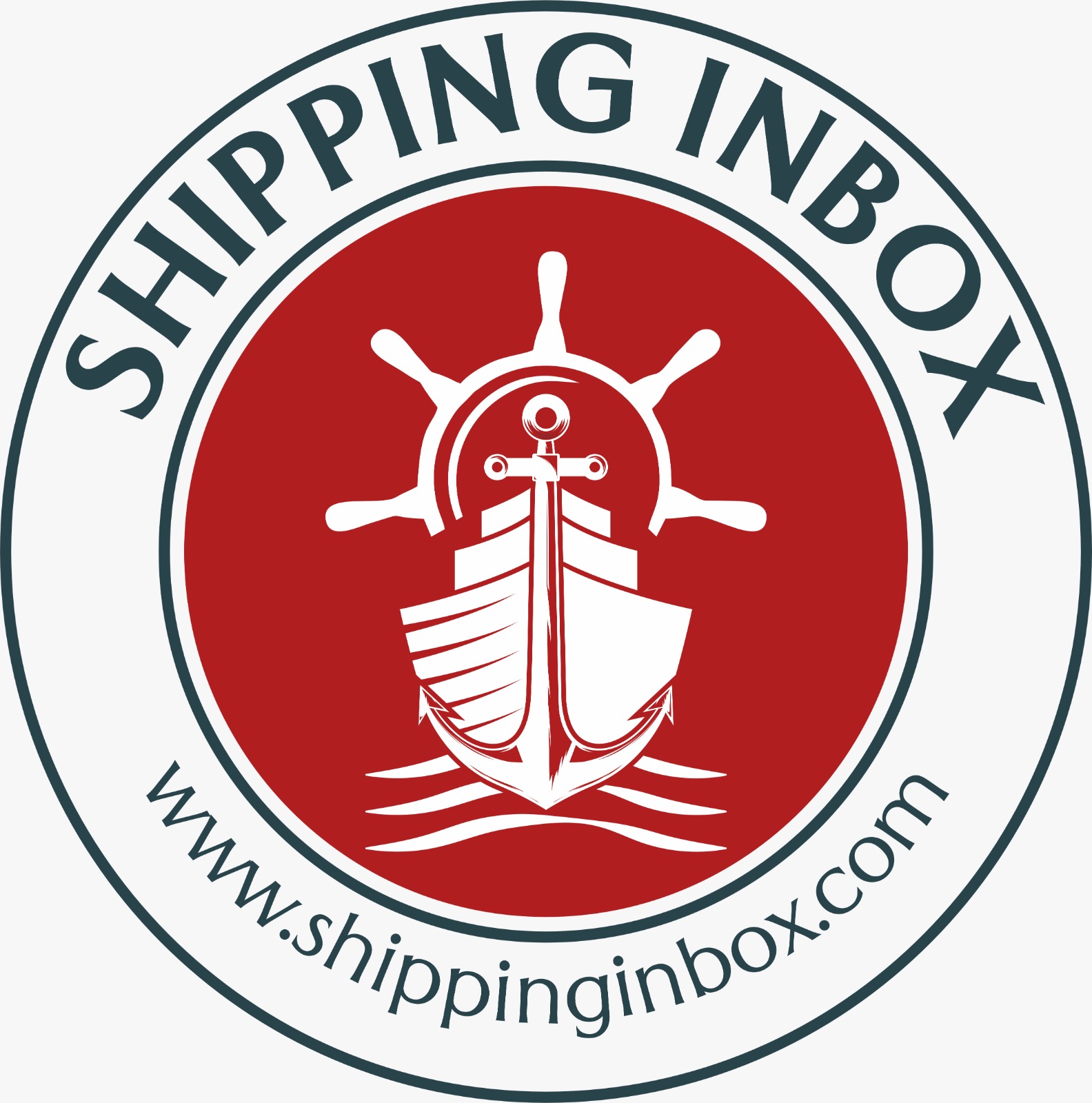
In a recent interview with CNBC, Charles van der Steene, regional president for Maersk North America, shed light on the ongoing Red Sea crisis, advising customers to brace for prolonged disruptions likely to extend well into the latter half of the year. Maersk, the second-largest global ocean carrier, has suspended voyages through the Red Sea and the Gulf of Aden indefinitely following attacks on its vessels, including the Maersk Hangzhou, Maersk Detroit, and Maersk Chesapeake.
Despite a multinational military operation in the region, Operation Prosperity Guardian, aimed at safeguarding maritime routes, the threat from Houthi rebels persists. Houthi attacks on commercial vessels have escalated, prompting concerns about the safety of transit through the Red Sea. This situation has compelled Maersk to caution customers about potential delays and disruptions, urging them to factor longer transit times into their supply chain planning.
The ramifications of these disruptions reverberate throughout global trade, affecting the consistency of supply chains and impacting businesses’ bottom lines. Van der Steene emphasizes the importance of agility in supply chain logistics, urging companies to diversify their entry points into the North American market, whether through the West Coast, Gulf, or East Coast. This adaptability is crucial in navigating the uncertainties posed by the Red Sea crisis.
Maersk’s commitment to mitigating the impact of these disruptions is evident in its efforts to bolster vessel capacity by approximately 6%. However, these measures come at a cost, contributing to operational expenses amid an already challenging economic landscape. The company’s recent earnings call highlighted the high degree of uncertainty surrounding its 2024 outlook, attributed in part to the Red Sea disruptions and an oversupply of shipping vessels.
Amidst these challenges, U.S. businesses are confronted with multiple supply chain headwinds, including labor negotiations at East Coast ports and drought-related restrictions at the Panama Canal. As a result, shippers are exploring alternative routes to minimize transit times and mitigate rising costs.
Ports in Mexico, the Pacific Northwest, and Los Angeles and Long Beach are poised to receive a portion of East Coast-bound freight, offering strategic alternatives for businesses seeking to optimize their supply chains. Mexico, in particular, presents a significant opportunity for nearshoring, driven by the expansion of manufacturing activities previously centered in China.
For trade originating from the Oceania region and transiting through the Panama Canal en route to the East Coast, Maersk is expediting freight flow by leveraging rail transportation as an alternative to canal transit. This proactive approach aims to circumvent potential delays caused by drought-induced restrictions at the canal, ensuring smoother logistics operations for customers.
Looking ahead, van der Steene acknowledges the persistent uncertainties surrounding the Red Sea crisis and the Panama Canal, underscoring the need for proactive risk mitigation strategies. As Maersk continues to navigate these challenges, its focus remains on providing reliable and consistent services to support the evolving needs of global trade.
In conclusion, the Red Sea crisis underscores the complex interplay between geopolitical tensions, maritime security, and global trade dynamics. By staying agile and responsive, businesses can adapt to evolving circumstances and mitigate the impact of disruptions on their supply chains.
Maersk was the third-largest ocean carrier for U.S. exports in 2023, based on customs data. Maersk Line, Limited’s U.S.-flagged vessels are enrolled in the Maritime Security Program and VISA (Voluntary Intermodal Sealift) with the U.S. government. It has the largest number of U.S.-flagged vessels serving the country, in addition to its foreign-flagged fleet which transports ocean freight for U.S. companies.
“Our advice to our customers is specifically about building upon the uncertainty by being agile,” said van der Steene. “Customers need to have the ability to enter the North American market from different endpoints. Be it the West Coast, the Gulf, or the East Coast. Our preparation of services very much depends on one-to-one work with our customers to identify what is their best alternative.”
Author: shipping inbox
shipping and maritime related web portal




